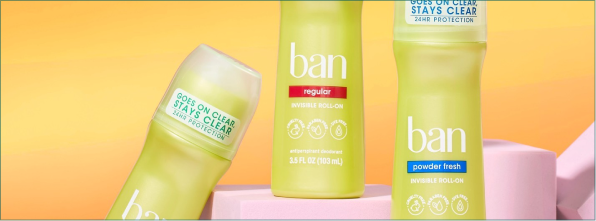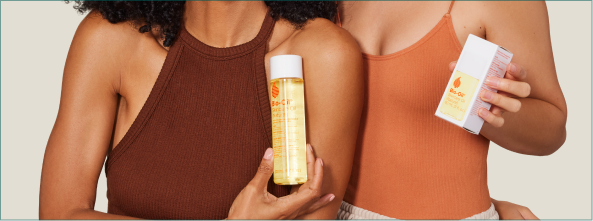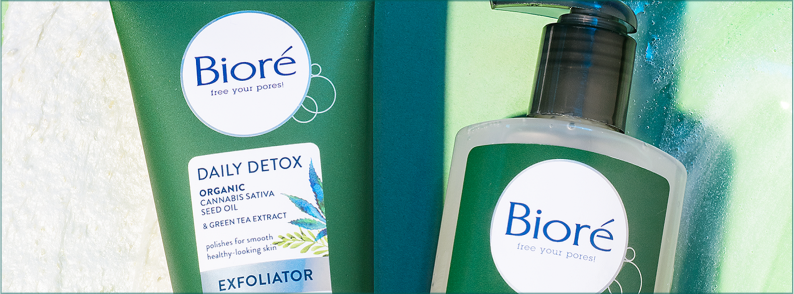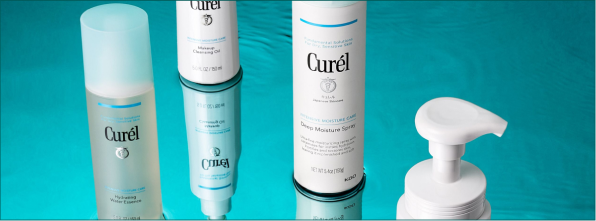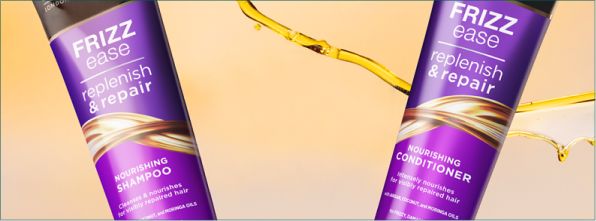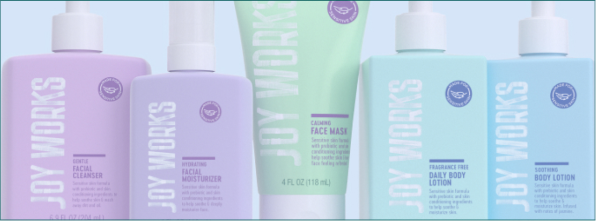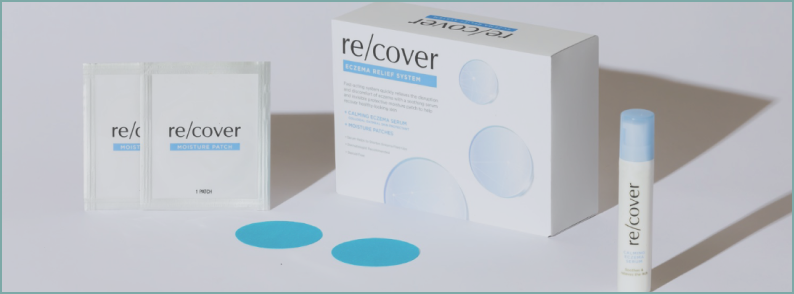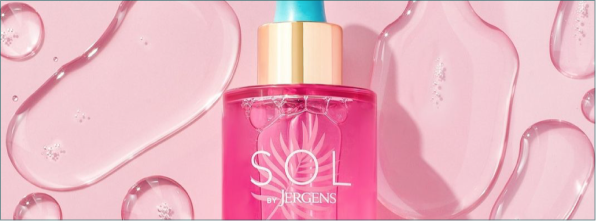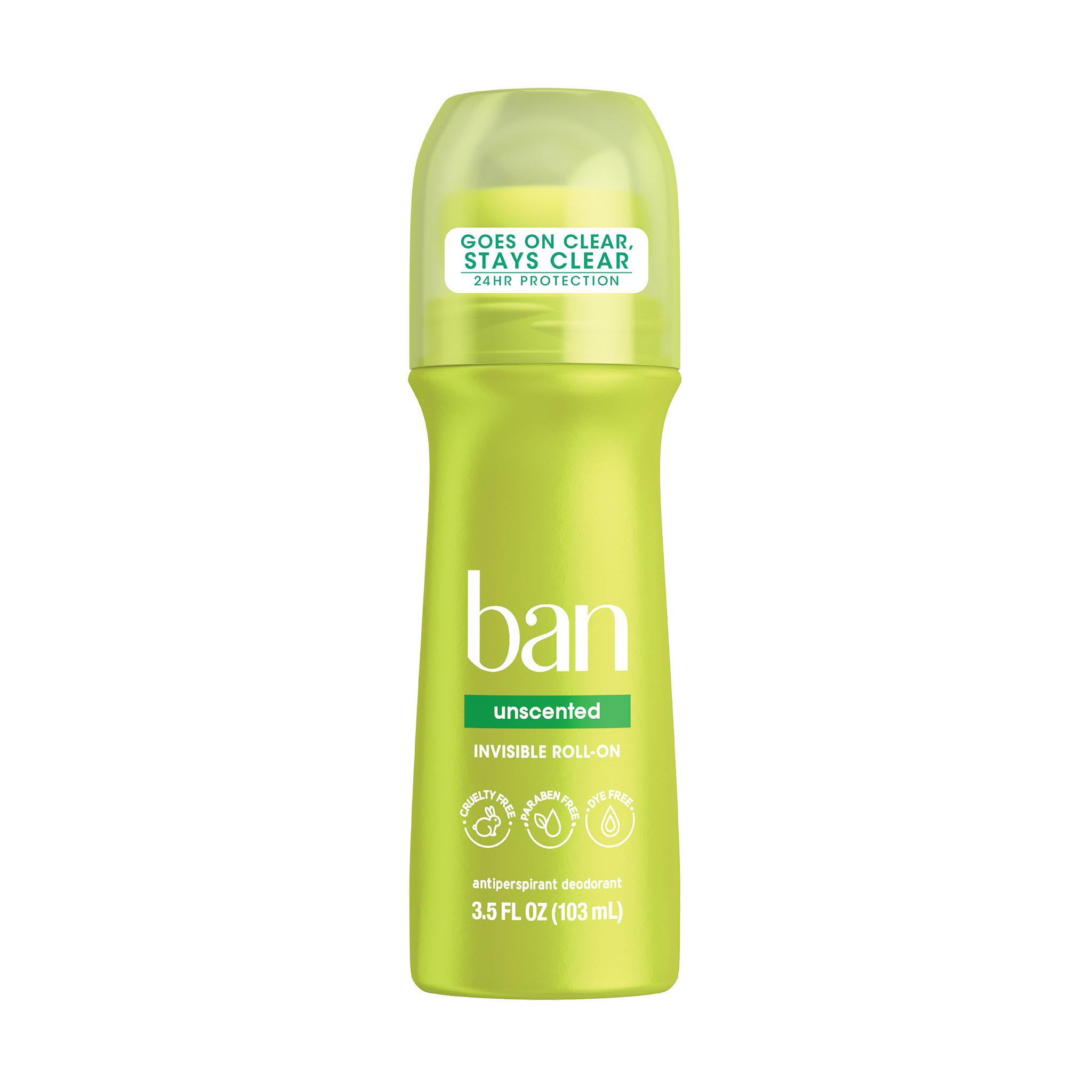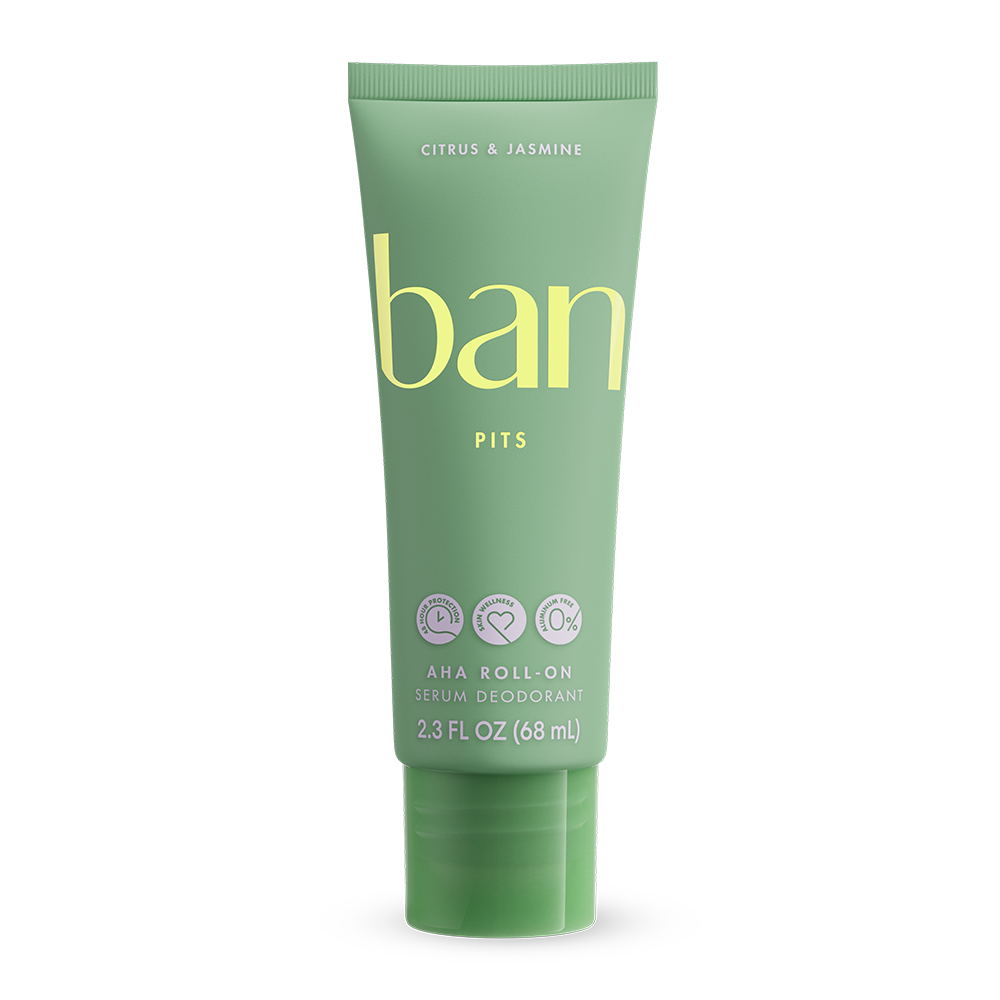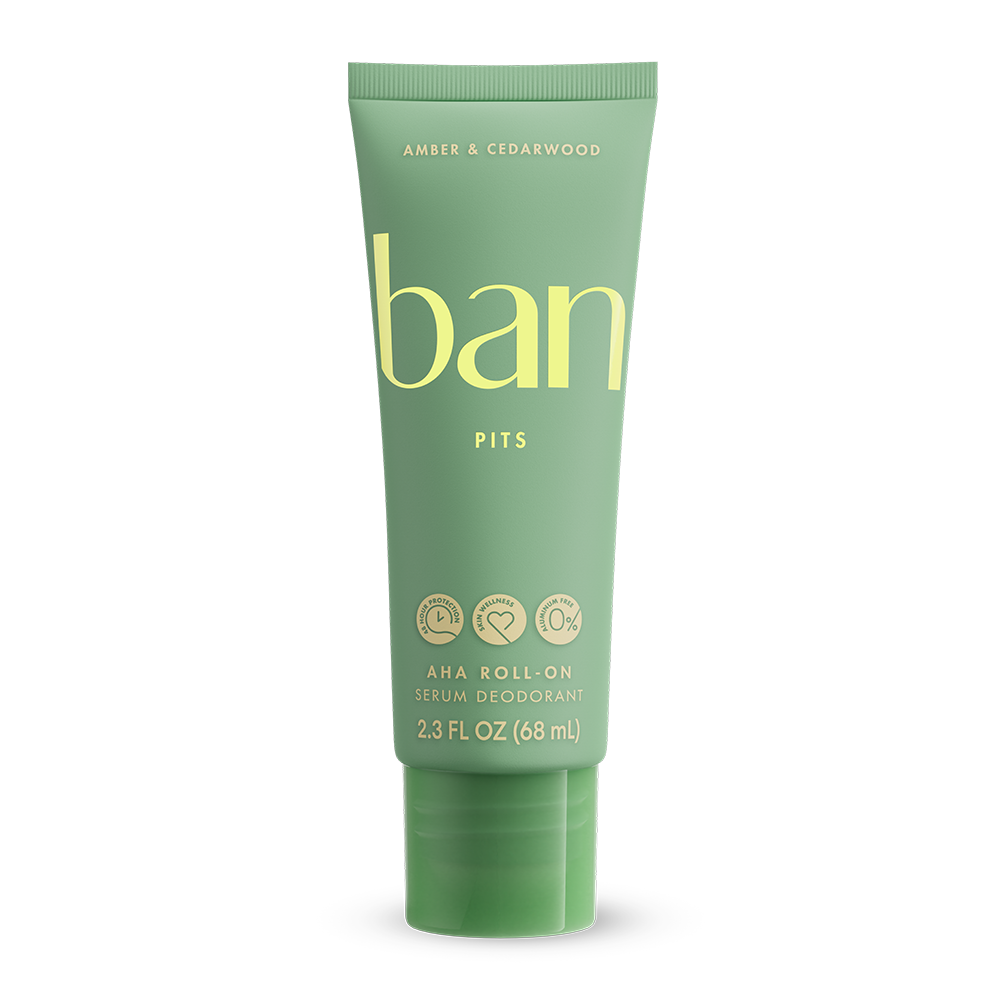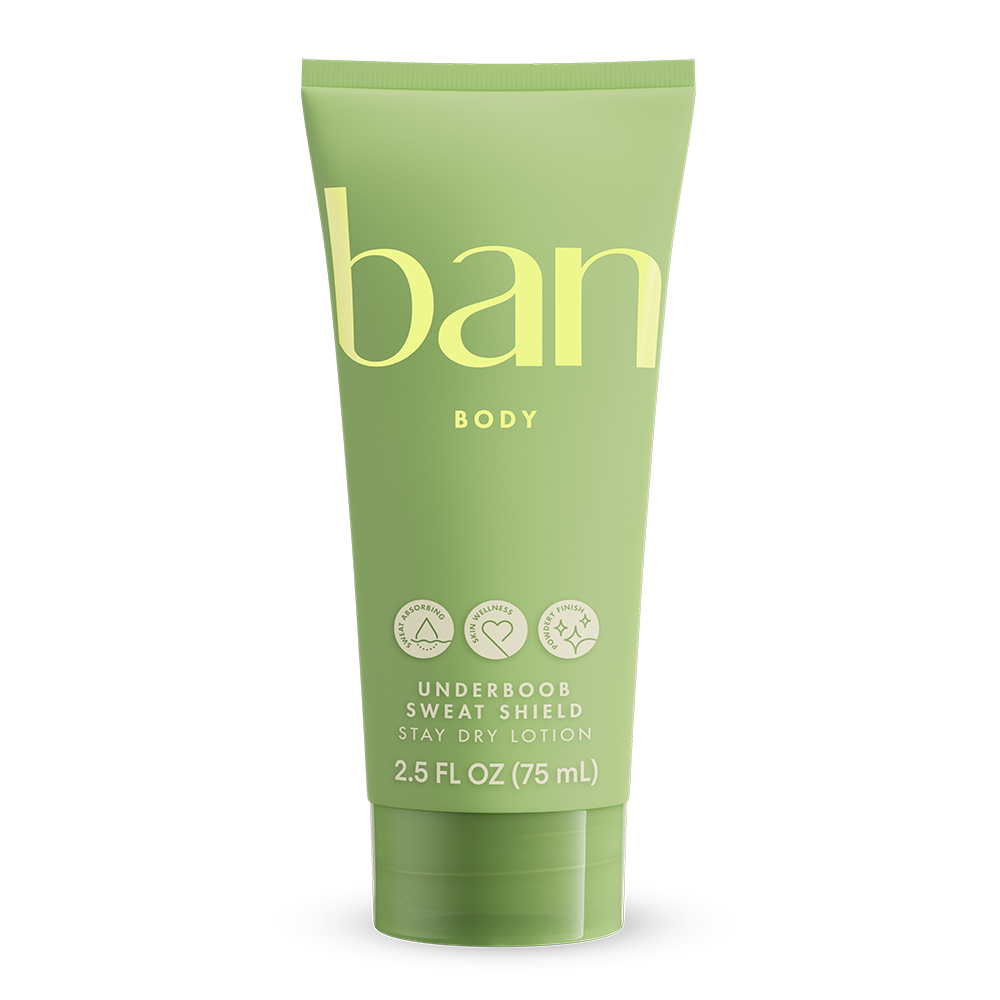Deodorant Vs. Antiperspirant: Which One Should You Choose?

What’s the difference between deodorant vs. antiperspirant? Learn the main distinctions between deodorant and antiperspirant to decide which one is best for you.
No one wants to sweat, but it’s always there, waiting to wreck a romantic evening or important presentation with odor or unsightly stains. But we’re here to help you prevent stink and sweat! Use this guide to understand the difference between deodorant and antiperspirant to help you decide which one is best for you.
Deodorant Vs. Antiperspirant
Deodorant is designed to prevent body odor caused by sweating. Antiperspirant prevents sweat by temporarily blocking your sweat glands. So, in a way, the main difference between deodorant and antiperspirant is sweat. Deodorant gets rid of odor from sweating while antiperspirant stops the sweat that leads to the odor in the first place.
What is Deodorant?
Deodorant is a product that helps prevent body odor on your skin. Deodorant is typically applied to your underarms to prevent odor from sweat. Depending on the type of deodorant you use, your deodorant may allow sweating but help prevent body odor.What is Antiperspirant?
Antiperspirant is designed to prevent sweat before it starts. By preventing sweat, antiperspirants help keep your underarms fresh and dry. Antiperspirant works best on clean, dry skin so applying antiperspirant right before you go to sleep can help protect you from sweat the next day.Shop Roll-On Deodorant and Antiperspirant
Differences Between Deodorant And Antiperspirant
How Deodorants And Antiperspirants Work
Deodorant banishes body odor by preventing the growth of bacteria on your skin. It’s a common misconception that sweat smells; it doesn’t. Sweat is a clear, odorless liquid. Your sweat starts to smell when naturally-occurring bacteria on your skin break down the proteins in your sweat. Deodorant works by preventing bacteria from building up on your skin and keeps your personal musk a secret.
Antiperspirants control sweat using aluminum salts. Aluminum salts create a thin layer of gel that sits on top of your sweat glands. This temporarily blocks your sweat glands and significantly reduces the amount of sweat that seeps through. Antiperspirants work best when they’re applied before you start sweating.
Common Ingredients In Deodorants And Antiperspirants
Deodorants are often alcohol-based to help them kill odor-causing bacteria. However, due to the alcohol in some formulas, you may notice that you may sweat more after applying. Other active ingredients in deodorant may include sodium stearate, sodium chloride, stearyl alcohol, triclosan, cetyl alcohol, dimethicone, hydrolyzed corn starch, propylene glycol, fragrance, and Cyclomethicone.
Antiperspirants often use aluminum salts to stop sweat glands from producing sweat. Sometimes, antiperspirants are combined with deodorants to help block both moisture and odor. Common ingredients of antiperspirants include aluminum chloride, aluminum chlorohydrate, and aluminum-zirconium compounds.
Deodorants are often alcohol-based to help them kill odor-causing bacteria…Antiperspirants often use aluminum salts to stop sweat glands from producing sweat.
How Often To Apply Deodorant And Antiperspirant
Most deodorants recommend reapplying every 24-48 hours. When using deodorant, it’s okay to reapply as needed to stay fresh.
Most antiperspirants promote 12 to 48-hour protection, so unless you struggle with excessive sweat, you probably won’t need to reapply throughout the day.
How To Choose Between Deodorant And Antiperspirant
Depending on your sweat situation, you might prefer a deodorant over an antiperspirant or vice versa. For those who don’t sweat excessively, deodorant would be a good choice. However, if you plan on engaging in activities that cause you to sweat or find yourself with uncomfortably sticky armpits every day, antiperspirant is the way to go if you want to stay drier, longer.
Deodorant Is Designed To Prevent Body Odor Caused By Sweating. Antiperspirant Prevents Sweat By Temporarily Blocking Your Sweat Glands.
Many deodorants can also leave a white residue on your skin and clothes depending on how they’re formulated. Here’s where antiperspirants come in handy. Antiperspirant goes on clear and prevents sweat stains on your clothes.
If you are worried that antiperspirants might be bad or dangerous to use, rest assured knowing that scientists have found no link between antiperspirants and cancer or Alzheimer’s. As long as antiperspirants are used properly, they are safe to use
Antiperspirant Deodorant Combos
Luckily, in today’s world, you don’t have to choose. Many antiperspirants are also deodorants so you can get rid of sticky, icky, and funky smells all at once. Antiperspirants are often combined with deodorants to help block both moisture and odor. So if you want to keep your armpits cool, dry, and smelling fresh, look for deodorant-antiperspirant combos. Antiperspirant deodorants most often come in the form of a stick, spray, or roll-on.
Extra Tips For Deodorant And Antiperspirant
Here are a few tips to help you stay fresh and cool, even under pressure:
- Apply antiperspirant at night for best results.
- Apply a uniform amount over the entire underarm.
- Don’t apply deodorant or antiperspirant immediately after a shower (wait until your skin is completely dry).
- Apply to your hairline to keep sweat out of your eyes during a workout.
Key Takeaways
- Sweat isn’t actually stinky! Body odor occurs when sweat mixes with naturally-occurring bacteria on your skin.
- Antiperspirant prevents sweat glands from producing moisture to keep your skin dry throughout the day.
- Deodorant blocks odor-causing bacteria to help control and prevent body odor.
- Deodorant-antiperspirant combos protect you from both sweat production and body odor.
- There is no proven connection between antiperspirant and cancer, so they are safe to use.
